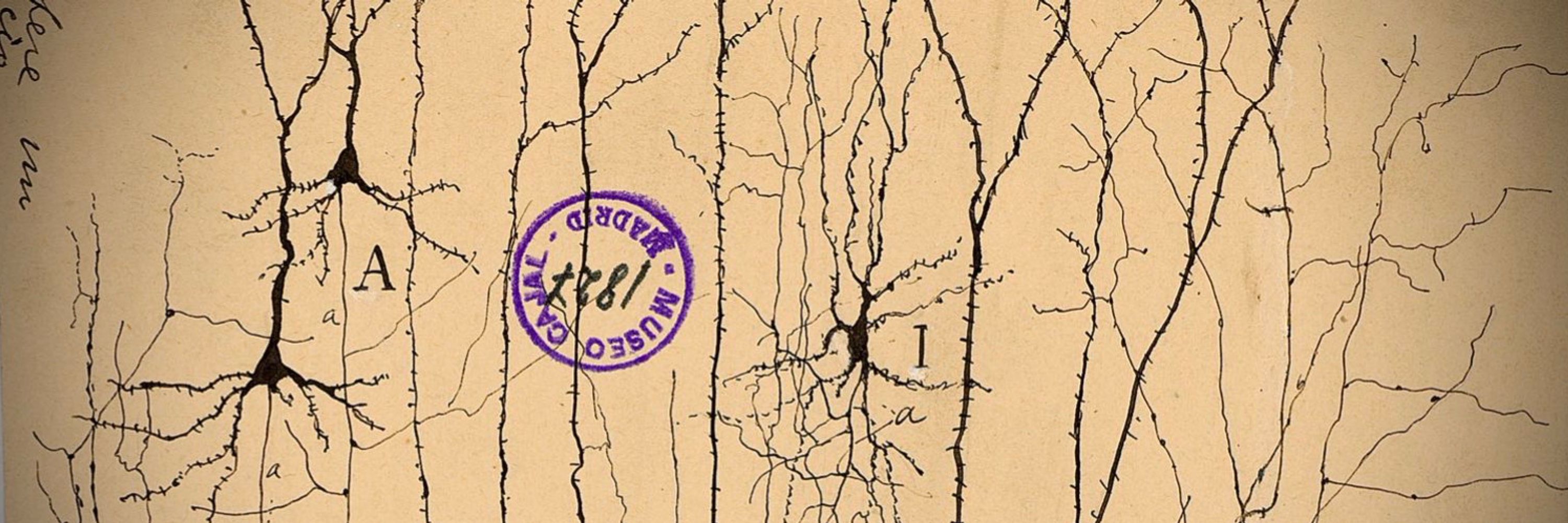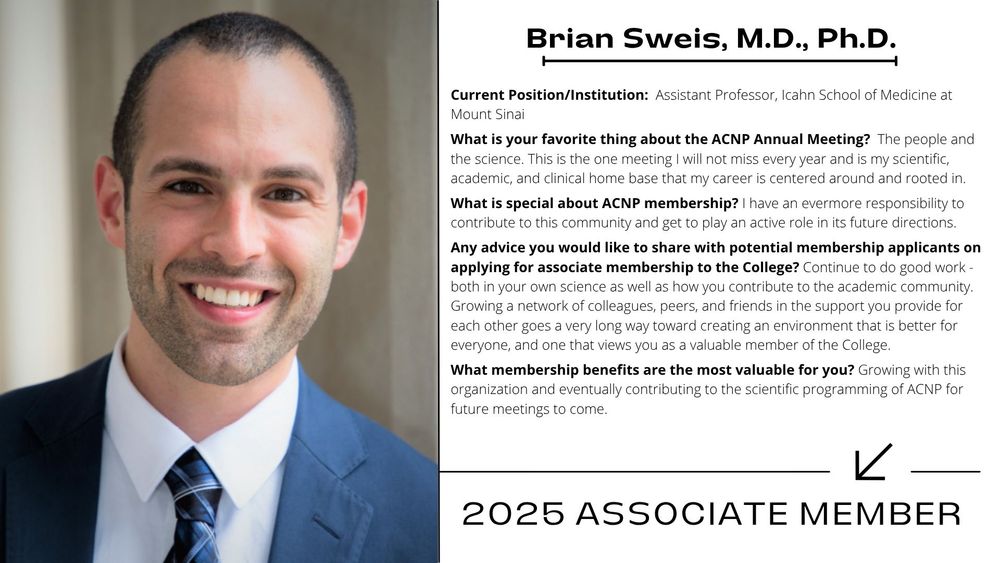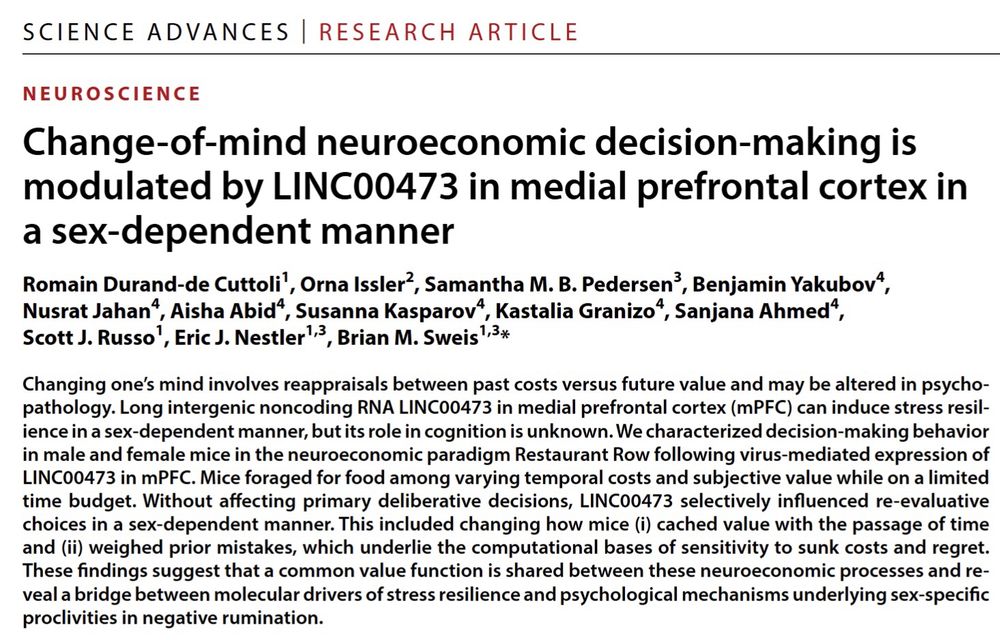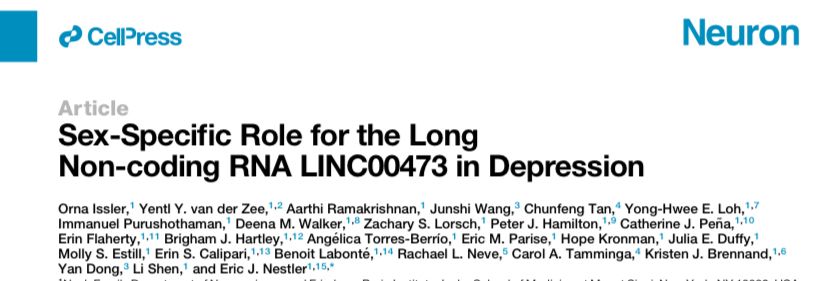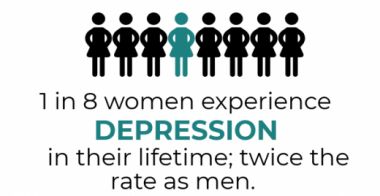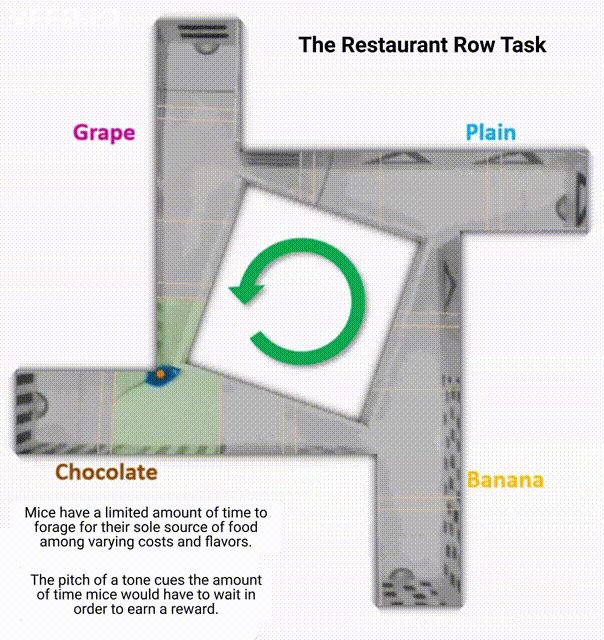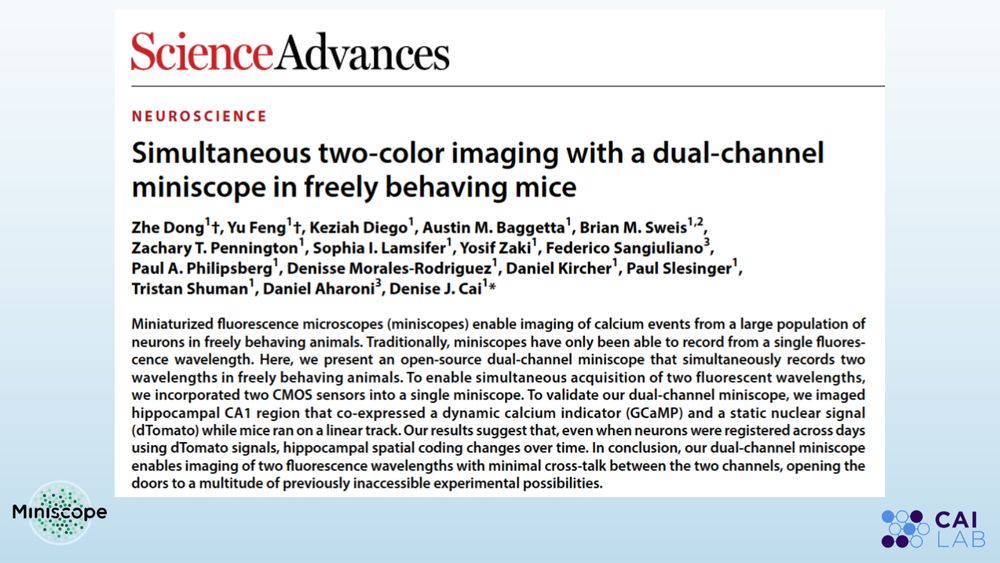Brian Sweis
@brianmsweis.bsky.social
360 followers
220 following
35 posts
MD, PhD | psychiatry | neuroscience | neuroeconomics | neuromodulation | assistant professor | residency program training director @MountSinaiPsych @SinaiBrain 🧠
Posts
Media
Videos
Starter Packs
Pinned
Reposted by Brian Sweis
Reposted by Brian Sweis
Reposted by Brian Sweis
Reposted by Brian Sweis
Reposted by Brian Sweis
Reposted by Brian Sweis
Reposted by Brian Sweis
Reposted by Brian Sweis
Reposted by Brian Sweis
Reposted by Brian Sweis
Reposted by Brian Sweis
Reposted by Brian Sweis
Brian Sweis
@brianmsweis.bsky.social
· Jul 17
Brian Sweis
@brianmsweis.bsky.social
· Jul 15
Brian Sweis
@brianmsweis.bsky.social
· Jul 15
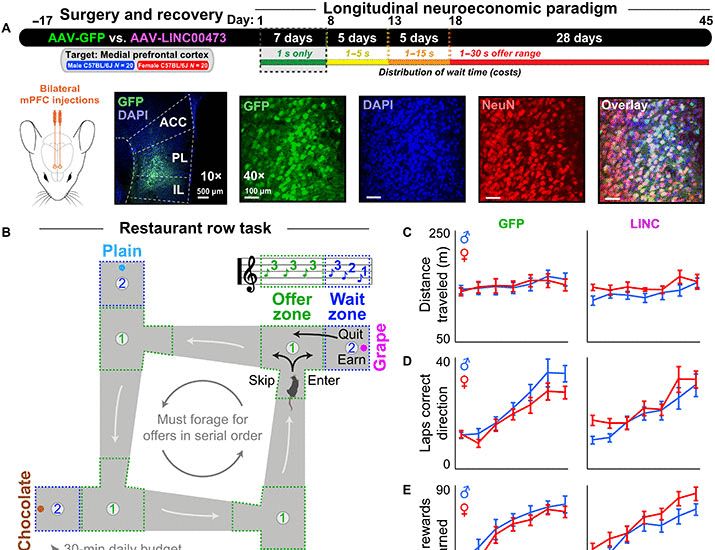
Change-of-mind neuroeconomic decision-making is modulated by LINC00473 in medial prefrontal cortex in a sex-dependent manner
Long non-coding RNA LINC00473 in mPFC alters change-of-mind re-evaluative decision-making behavior related to negative rumination.
tinyurl.com
Reposted by Brian Sweis
Reposted by Brian Sweis
